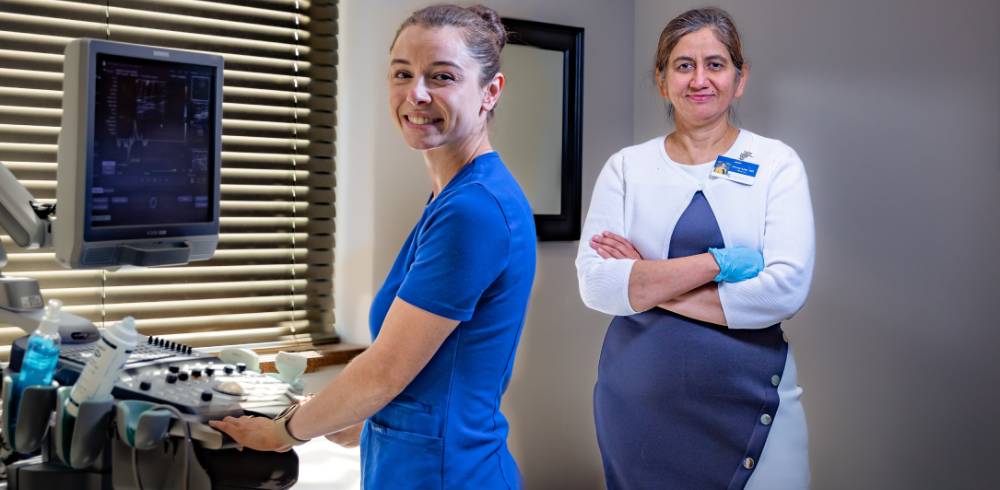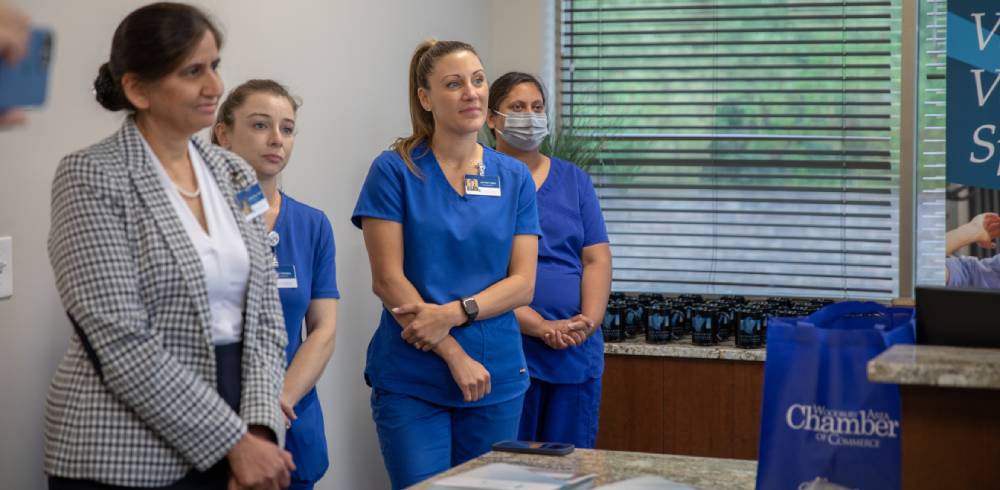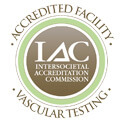Welcome to the Minnesota Vein Center
The Minnesota Vein Center is a highly specialized medical practice dedicated to providing the most advanced chronic venous insufficiency, varicose vein, and spider vein treatment in Minnesota. Our vein center near Minneapolis provides comprehensive vein care in a comfortable clinic environment, including expert consultation with vein specialists and state-of-the-art, minimally invasive treatments.
The Minnesota Vein Center is located only in North Oaks, with on-site diagnostic evaluations and treatments. The Center is conveniently located north of St. Paul, MN, on Hwy 96 between I-35E and I-35W.

Dr. Pal was interviewed recently by Kare11 news regarding the new Venaseal treatment. Read the full story here.
Dr. Pal was also featured on Kare11 recently regarding the Cool Touch Procedure.













